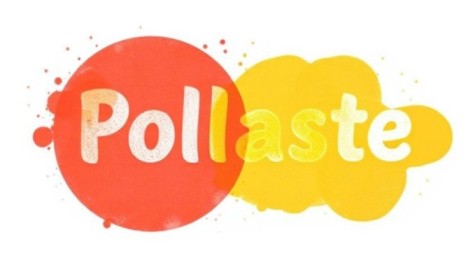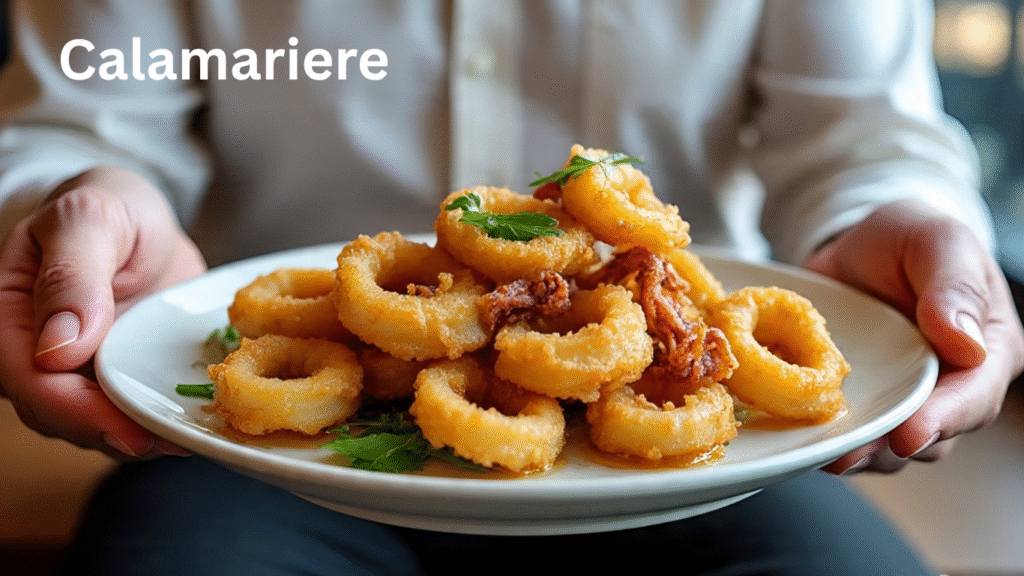What Is Pollaste and Why Does It Matter?
Pollaste is a term that has gained attention in recent times, but many people still wonder what it truly represents. In the simplest sense, pollaste refers to a subject or concept that carries unique cultural, linguistic, or contextual significance depending on where and how it is used. Understanding pollaste is essential because it is not just a word it is tied to history, identity, and usage in specific communities.
By learning about pollaste, we gain insight into how language shapes perception and how words evolve over time. Words like pollaste often go beyond mere definitions; they reflect values, lifestyles, and collective understanding. That is why exploring pollaste is more than a linguistic exercise; it is a journey into meaning itself.
Where Did the Term Pollaste Originate?
When discussing pollaste, one of the first questions people ask is: where did it come from? The origin of pollaste can often be traced to its linguistic and cultural roots. Like many words, pollaste reflects a fusion of historical context and modern adaptation.
In certain languages, pollaste has been associated with food, traditions, or descriptive expressions. In other contexts, it has carried symbolic weight, representing ideas larger than itself. While the precise origin may vary depending on the cultural lens, pollaste has become recognizable across multiple platforms, including culinary discussions, social media mentions, and academic references.
This adaptability makes pollaste more than a niche term; it is a growing keyword that resonates with a broad audience.
How Is Pollaste Used in Everyday Language?
A critical part of understanding pollaste is examining how it is used in daily conversations. The word is versatile, and this versatility allows it to appear in different spheres of communication.
For instance, in informal settings, pollaste may be used in jokes, descriptions, or casual talk. In professional discussions, it could highlight cultural identity, food preparation, or lifestyle habits. The fact that pollaste adapts so smoothly to context reveals its power as a flexible and meaningful term.
When people incorporate pollaste into their speech, they also build connections. Words like pollaste help speakers communicate shared values, evoke imagery, and engage listeners.
Why Is Pollaste Relevant in Modern Culture?
Culture plays a big role in shaping language, and pollaste is no exception. One might ask: why does pollaste hold relevance today?
The answer lies in its symbolic weight. Pollaste has moved beyond traditional use and entered the cultural mainstream. On digital platforms, it sparks curiosity. In communities, it connects people to heritage. In food discussions, it may symbolize nourishment or tradition.
The relevance of pollaste is also connected to identity. For individuals exploring their roots or sharing cultural expressions with a global audience, pollaste becomes more than a term; it becomes a bridge between generations and perspectives.
What Are the Common Misconceptions About Pollaste?
Like many trending terms, pollaste is not free from misconceptions. Some believe pollaste has a narrow meaning limited to a single context. Others assume it is only relevant within a specific region or culture.
However, pollaste is broader than these assumptions suggest. While it has historical and cultural ties, it continues to evolve. The internet has amplified this evolution, spreading pollaste across linguistic boundaries. Today, pollaste can be encountered in global conversations, making it much more than a local or regional expression.
By addressing these misconceptions, we can better appreciate pollaste as a dynamic, living word.
How Does Pollaste Connect to Food and Cuisine?
One of the most popular associations with pollaste is its connection to food. This raises an important question: what role does pollaste play in culinary traditions?
In certain contexts, pollaste refers to dishes, preparations, or ingredients tied to local cuisine. It may represent comfort food, celebratory meals, or everyday sustenance. Because food is deeply connected to culture, pollaste carries with it a sense of community and belonging.
For those who explore international cuisines, pollaste can serve as a gateway. It encourages curiosity about cultural practices, traditional recipes, and the stories behind meals. Food is not just nourishment it is memory, tradition, and art. Pollaste embodies this idea.
Is Pollaste Only About Food?
While many people link pollaste with culinary traditions, it is not limited to that area. Pollaste can also be symbolic, representing ideas beyond the table.
In cultural discussions, pollaste can highlight identity or shared experiences. In linguistic studies, it serves as an example of how words evolve across time and place. On social media, pollaste sometimes becomes a playful expression, trending in hashtags or memes.
This diversity shows that pollaste is not a static concept. Instead, it grows with usage, adapting to the needs of speakers and audiences alike.
What Are Some Frequently Asked Questions About Pollaste?
1. Is pollaste a universal term?
Not entirely. While pollaste is recognized across different contexts, its meaning may shift depending on culture, language, or usage.
2. Can pollaste mean different things in different regions?
Yes. In some regions, pollaste relates to food, while in others, it may symbolize cultural values or identity.
3. Why should I care about pollaste?
Caring about pollaste matters because words shape understanding. By learning about pollaste, you broaden your awareness of how language and culture connect.
4. Can pollaste be used in modern writing or branding?
Absolutely. Pollaste is adaptable. Businesses, writers, and creators may use pollaste as part of campaigns, educational materials, or cultural storytelling.
5. Will pollaste continue to evolve?
Like most words, pollaste will evolve. Its meaning today may not be the same tomorrow. Language adapts to society, and pollaste is part of that living process.
How Does Pollaste Reflect Globalization?
Pollaste is a prime example of how globalization influences language. In the past, pollaste may have been confined to a specific cultural niche. Today, through the internet, it travels across borders with ease.
Globalization allows pollaste to gain recognition in markets, social networks, and educational discussions. For businesses, this presents opportunities. For individuals, it creates curiosity. In both cases, pollaste illustrates how words no longer belong to one group alone they belong to everyone who uses them.
What Does the Future Hold for Pollaste?
The future of pollaste seems promising. With rising global attention, pollaste will likely continue spreading into new domains. Whether in food, culture, or social conversation, pollaste is set to remain part of discussions.
Looking ahead, one might see pollaste included in dictionaries, brand campaigns, or international recipes. Its growing digital footprint ensures it will not fade away anytime soon. Instead, pollaste will keep evolving, keeping pace with the world’s changes.
Conclusion
Pollaste is more than just a word it is a cultural and linguistic symbol. From its origins to its modern applications, pollaste shows how language lives and evolves. It connects people to food, identity, and shared experiences while also reflecting globalization’s impact on communication.
By asking questions such as what pollination is pollaste, why does it matter, and how is it used, we gain a deeper appreciation for the power of words. Pollaste is not just explained, it is experienced. And as it continues to spread, pollaste invites everyone to be part of its story.



